David & Peter Adjaye: Αρχιτεκτονική & Moυσική
DS.WRITER:
Tasos Giannakopoulos
Όπως όλες οι μεταφορές, έτσι και η συγκεκριμένη έχει τη δύναμη να “επανα-περιγράψει” την πραγματικότητα και να εντοπίσει σχέσεις και ομοιότητες εκεί που δεν υπάρχουν. Έτσι είναι και το project που έχουν θέσει σε κίνηση, κατά το μεταφορικό ιδεώδες, ο αρχιτέκτονας Sir David Adjaye με τον μουσικό -και αδερφό του- Peter Adjaye aka AJ Kwame -αφού το DJ Peter ήταν πιασμένο και αρκετά δύσκολο όνομα προς εμπορική επιτυχία. Η συνεργασία τού αρχιτέκτονα με τον μουσικολόγο, συνθέτη, Dj-producer, μαθηματικό με διδακτορικό και δημιουργό πειραματικών ηχοτοπίων, ιδιότητες που όλες αναφέρονται στο βιογραφικό του, μετράει πάνω από δέκα χρόνια, με το πιο σημαντικό αποτέλεσμα αυτής της συνεργασίας να είναι ο δίσκος Dialogues.
“Αυτό που κάνει ο Peter είναι ‘sound architecture’. Δίνω στον Peter ένα έργο και του ζητάω να αντιδράσει. Η αρχιτεκτονική είναι αφήγηση. Αυτό το έργο είναι σαν ένα πείραμα DNA. Υπάρχει μια κατασκευή.” David Adjaye
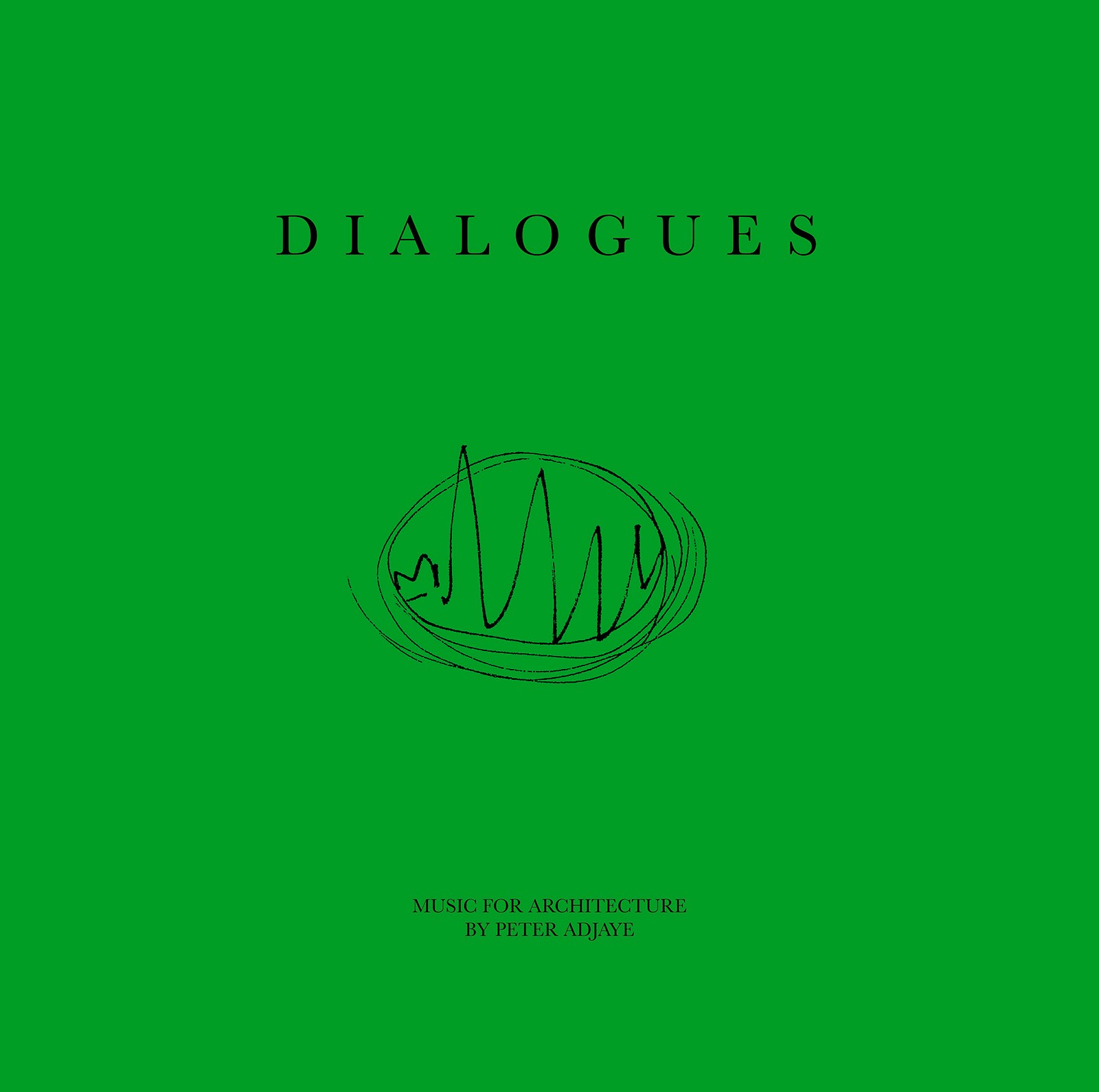
Dialogues Music for Architecture Cover | thespaces.com
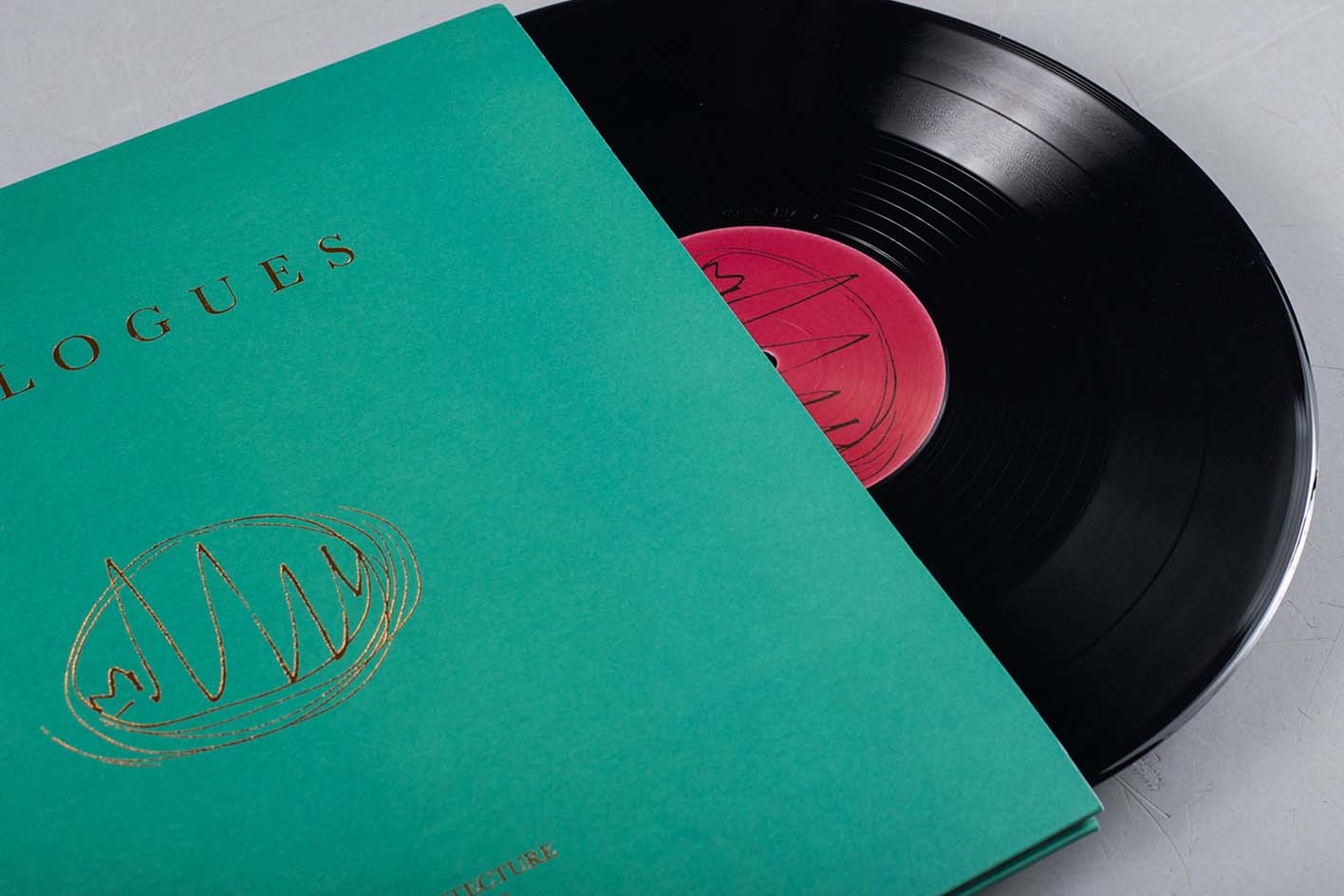
Dialogues | architectmagazine.com
Κάθε κομμάτι σε αυτόν τον δίσκο ανταποκρίνεται σε ένα έργο της δουλειάς τού David Adjaye, περιλαμβάνοντας το πεντακοσίων εκατομμυρίων Εθνικό Μουσείο Αφροαμερικανικής Ιστορίας και Πολιτισμού του Ινστιτούτου Smithsonian στη Washington, το Κέντρο Stephen Lawrence στο Deptford, καθώς και το Genesis Pavilion στο Miami της Florida. Αυτή η προσπάθεια είναι κάτι που κατανοείται και μεταβολίζεται περισσότερο με διαισθητικά μέσα, παρά με ένα προς ένα λογικές αναλογίες, μιας και αρχιτεκτονική και μουσική αφορούν πολύ διαφορετικά πεδία ενασχόλησης, με διαφορετικά μέσα και στόχους. Όπως και οι μεταφορές, βασίζεται πάνω στην κίνηση και στον δανεισμό μιας ιδέας από κάτι σε κάτι άλλο. Το έργο Dialogues προσπαθεί να μεταφέρει την ατμόσφαιρα και την ενίοτε αφήγηση του αρχιτεκτονικού μέλους μέσα από τη μουσική.
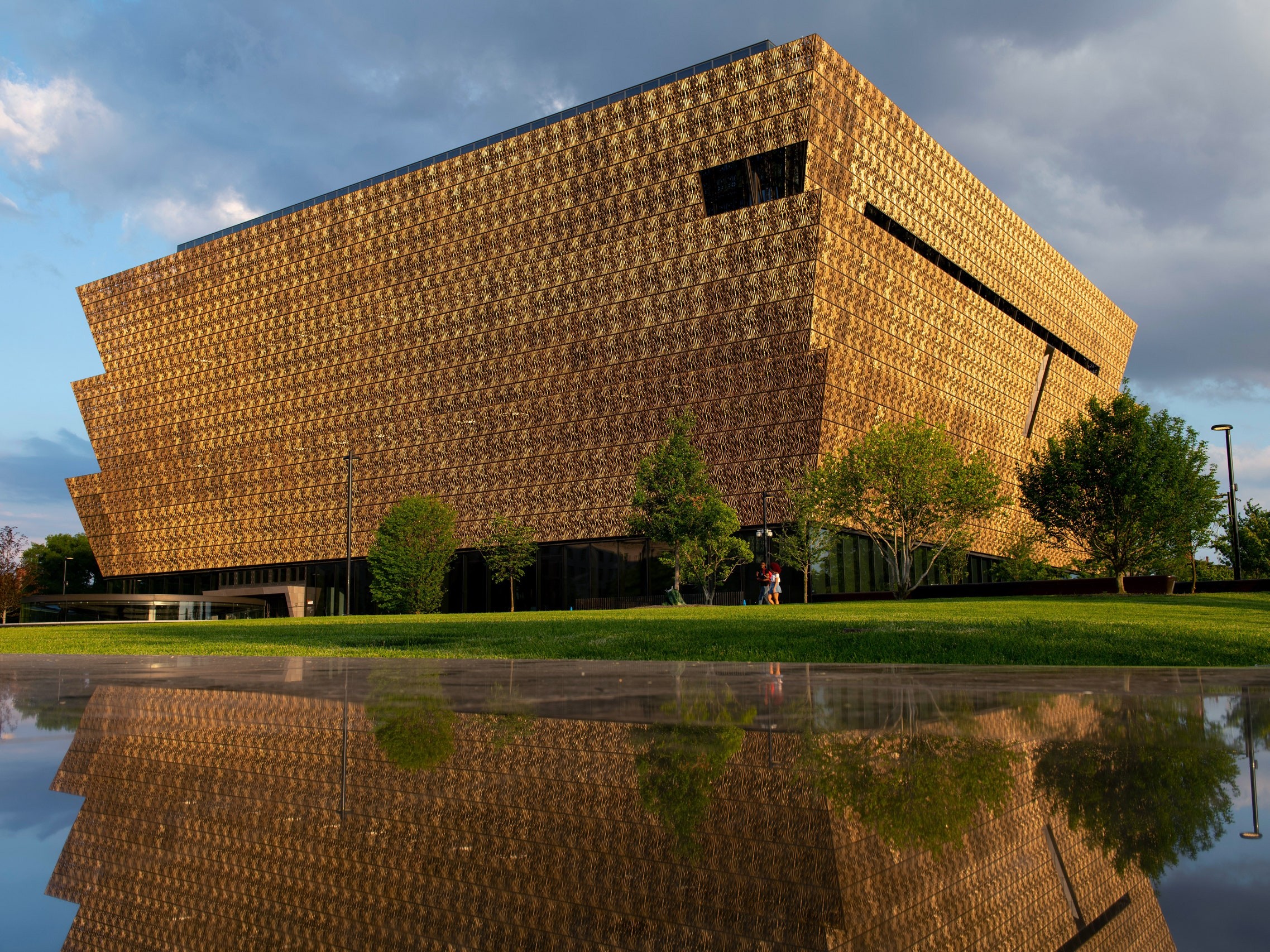
National Museum of African History | newyorker.com
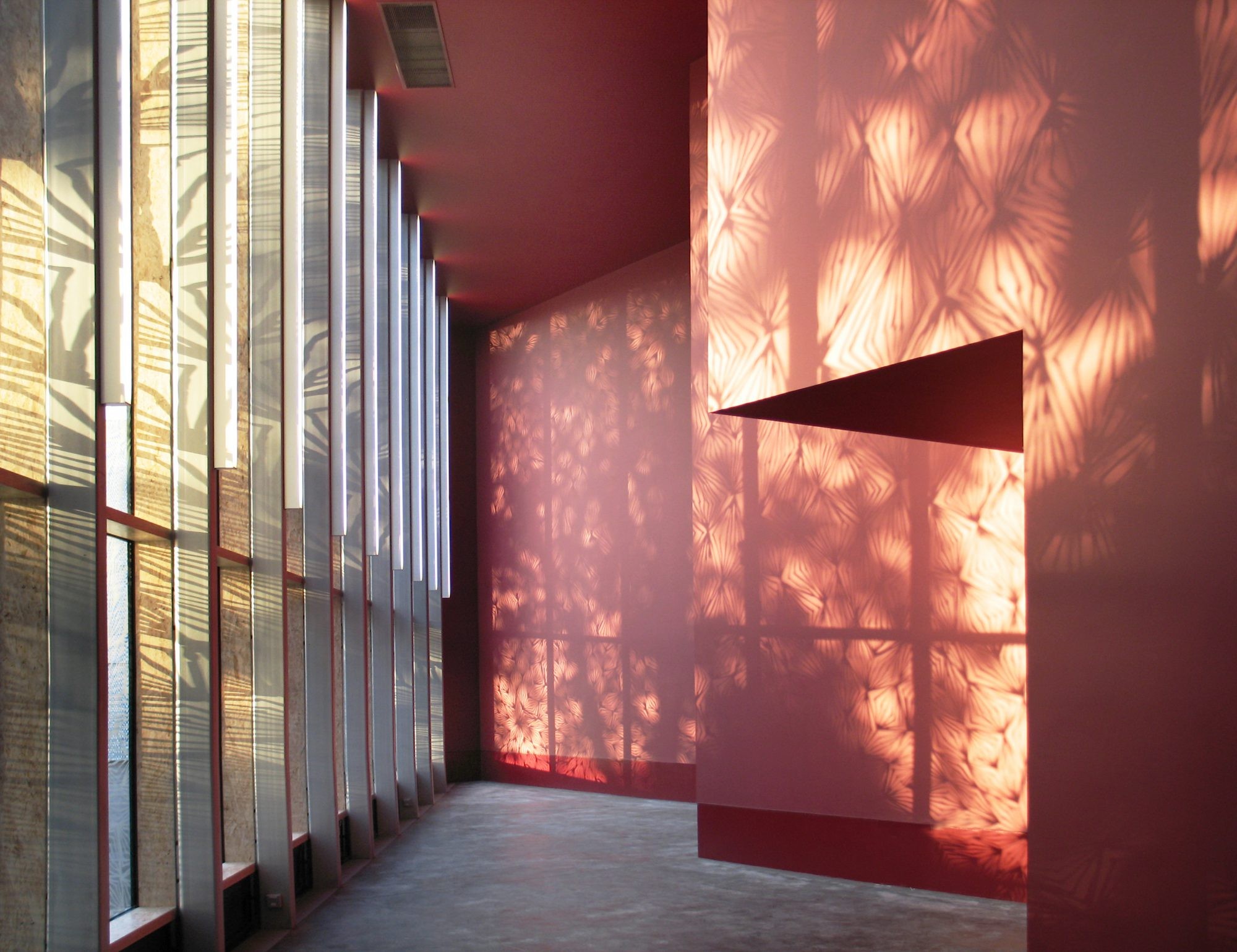
Stephen Lawrence Centre| Deptford arts uk
Αυτό φέρνει στον νου τον εξαιρετικό Ianni Xenakis και τα έργα του, που εκτελούν αντίθετη κίνηση από αυτά του AJ Kwame. Ο Iannis εκκινεί από το μουσικό μέλος και οδηγείται στη δημιουργία, επίλυση, εκτέλεση του αρχιτεκτονικού έργου, όπως κάνει στα ανοίγματα του μοναστηριού της Δομινικανής τάξης La Tourette ή στο πρωτοποριακό έργο Metastasis -έργο που παίζει και όση ώρα γράφεται αυτό το κείμενο-, που οδηγεί στον σχεδιασμό τού Philips Pavilion για τη Διεθνή έκθεση ΕΧΡΟ του 1958 στις Βρυξέλλες.
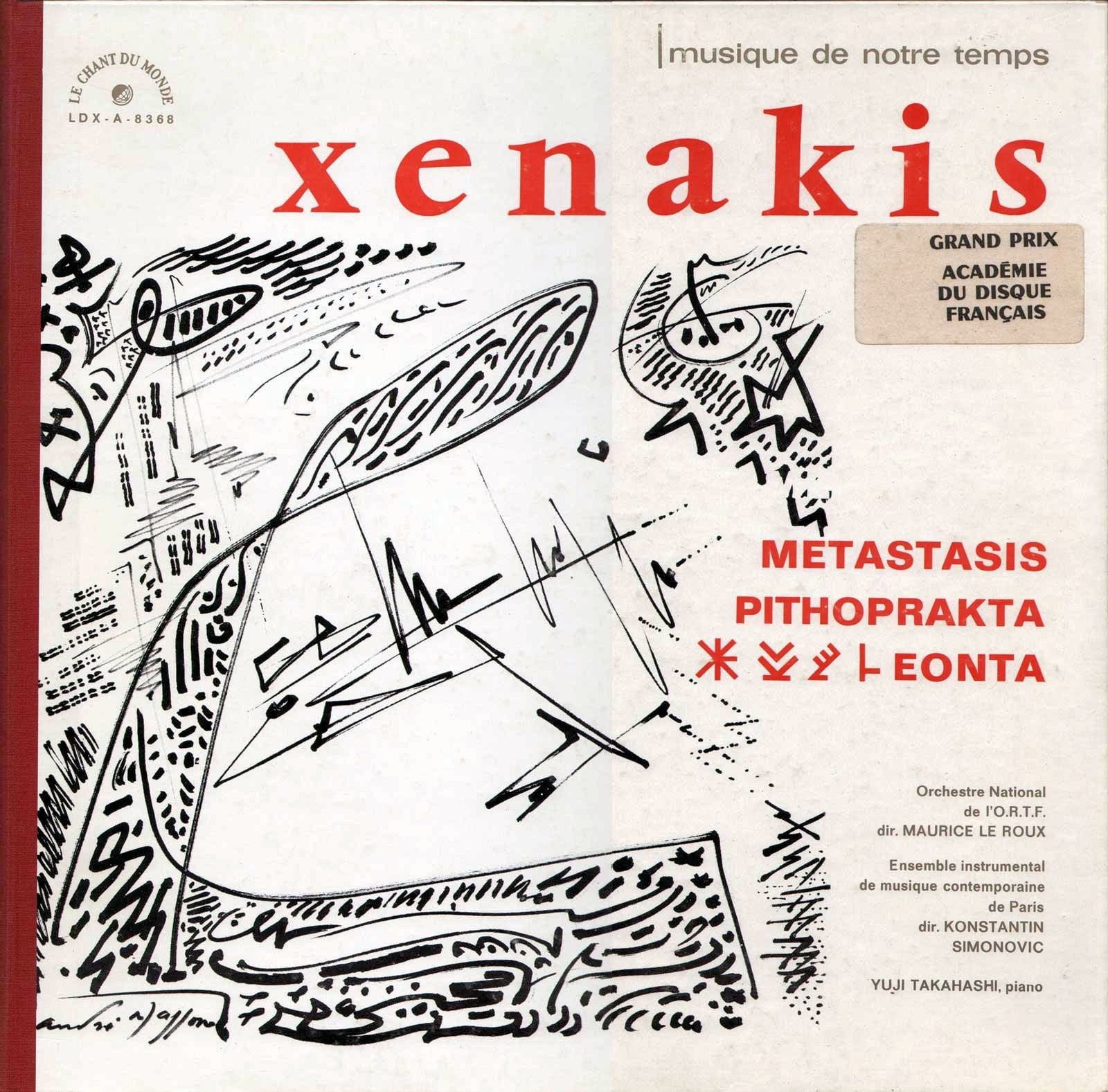
Xenakis Metastasis Cover
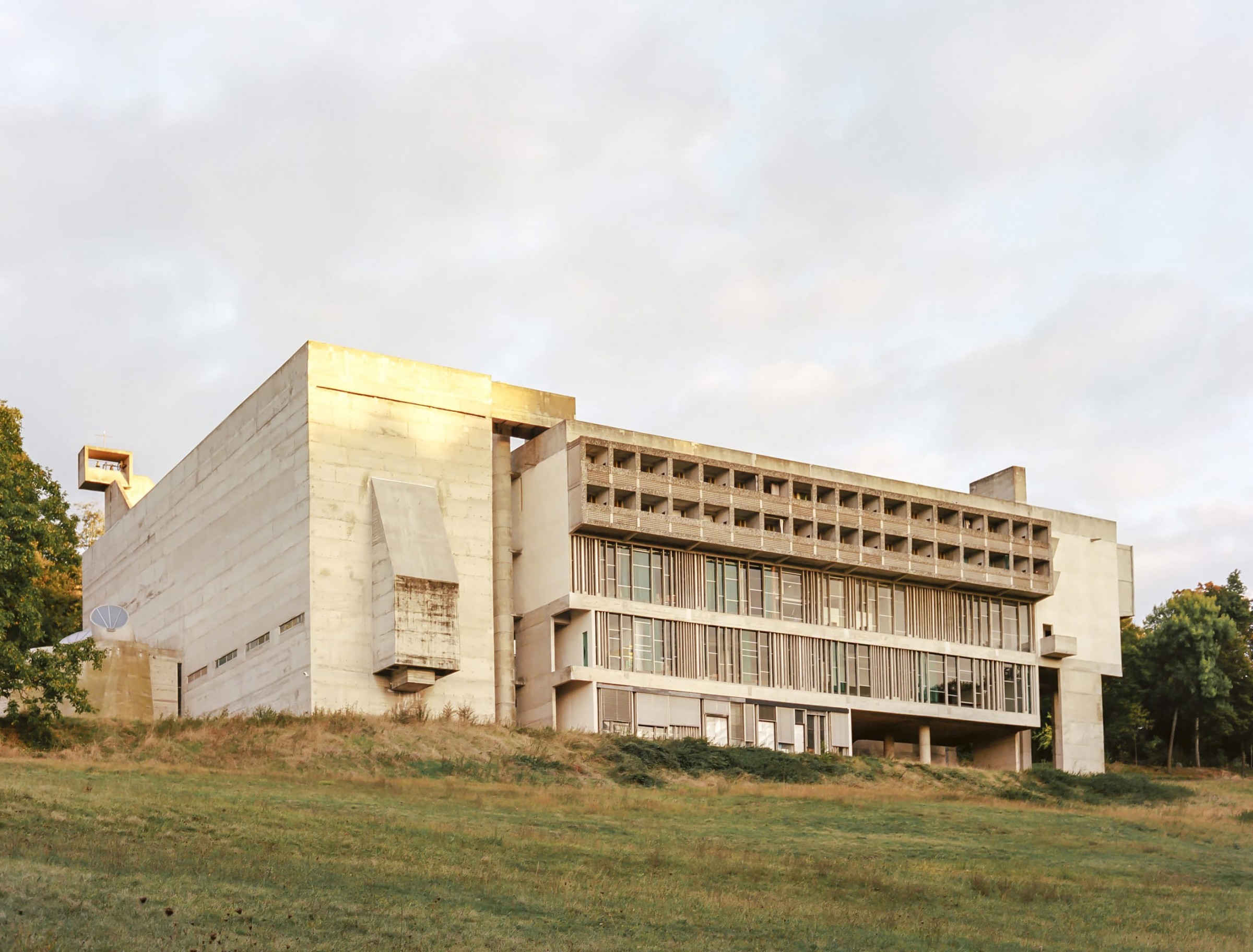
La Tourette | Photo Mary Godin Xenakis
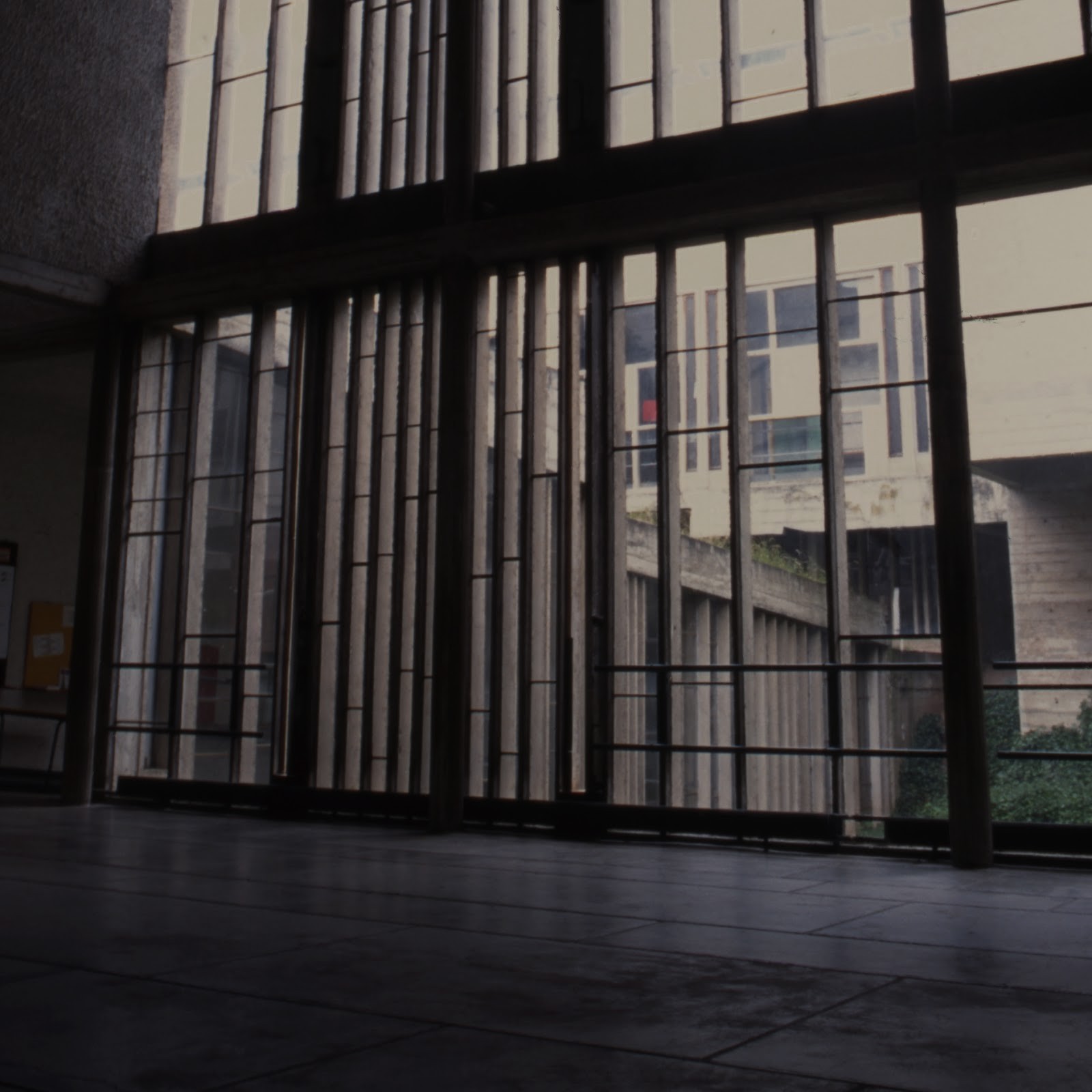
La Touretter Xenakis| justinnicholsarchitects.com
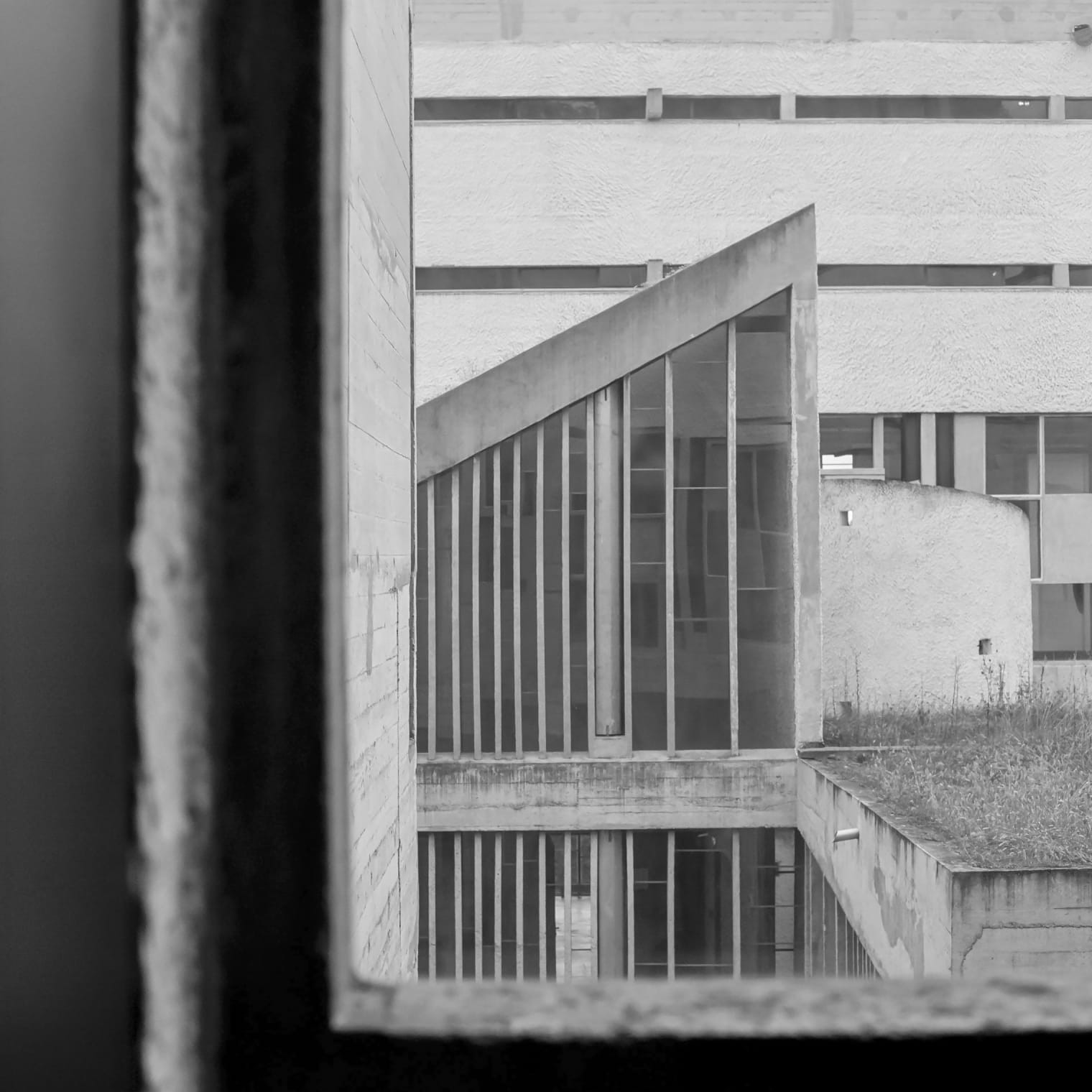
La Tourette Xenakis | divisare.com
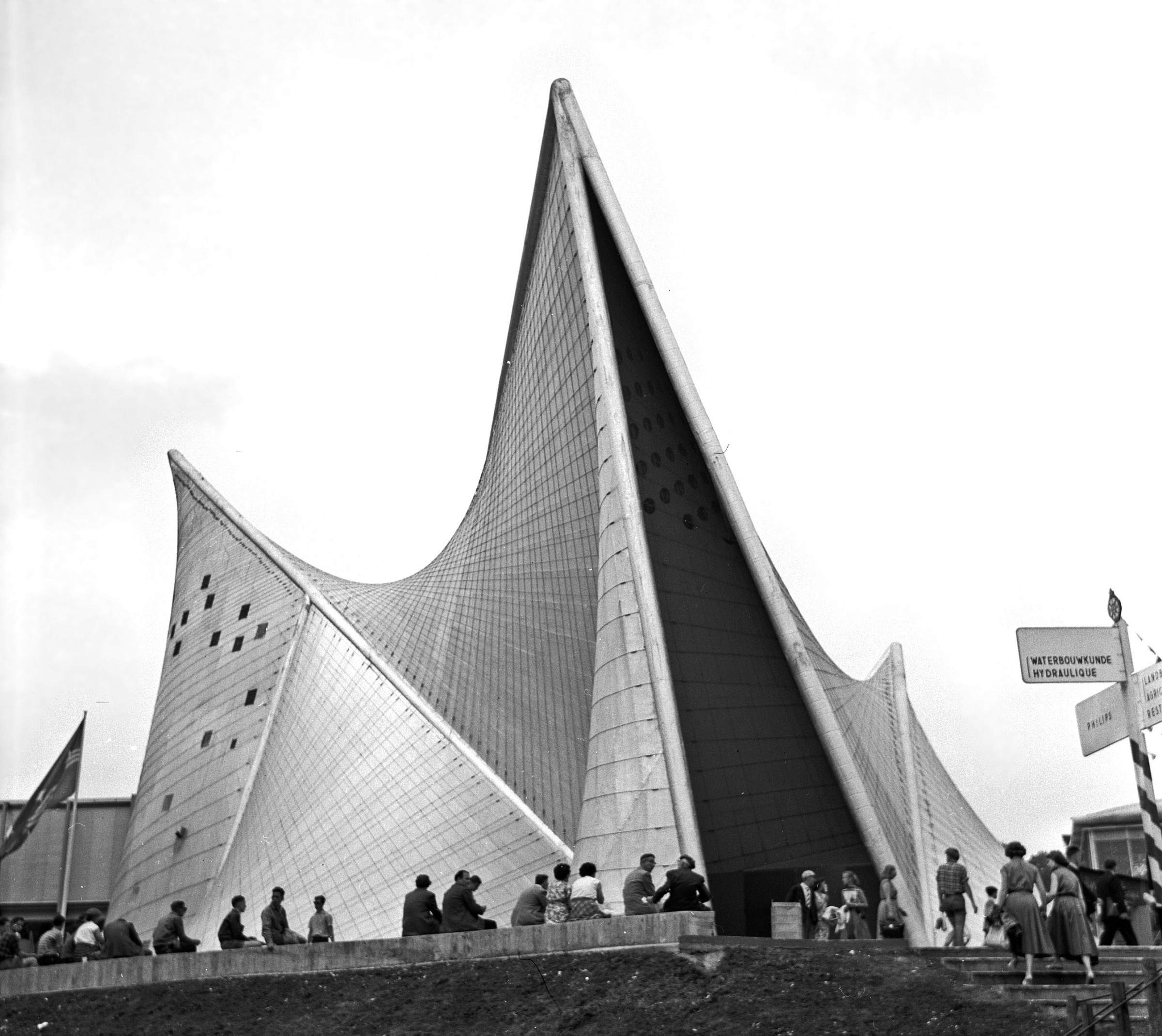
Philips Pavillion Expo 58 Iannis Xenakis | wikipedia.com
Και στα δύο έργα, αν και ποιοτικά απέχουν πολύ, νομίζω υπάρχει μια ρυθμαναλυτική διάθεση ή αφετηρία, όπως την περιγράφει ο Henri Lefebvre το 1992• αναφορά που δείχνει και την πρωτοποριακή δυναμική του Iannis. Υπάρχει, δηλαδή, μια διάθεση ρυθμαναλυτικής αντιμετώπισης του κόσμου, και -για να συνεχίσω και το μεταφορικό παιχνίδι- μια διάθεση οριζόντιας τομής των ρυθμών που υπάρχουν στον κόσμο. Αυτή είναι μια διάθεση που βρίσκει ομοιότητες ανάμεσα στα πράγματα, επειδή δεν εξετάζει τις εσωτερικές σχέσεις που τα καθοδηγούν, και που παράγουν κυρίως διαφορές ανάμεσα στα πράγματα, αλλά ενδιαφέρεται περισσότερο για τις συνηχήσεις που κάνουν αναμεταξύ τους οι εσωτερικοί τους ρυθμοί. Αυτές οι απόπειρες μετάφρασης ή εξέτασης μιας μορφής μέσω μιας άλλης, ενώ μπορεί να υστερούν σε ακρίβεια, είναι βασική ανθρώπινη λειτουργία συνεννόησης. Συνδυάζουν, σε ένα περισσότερο ή λιγότερο κατανοητό σύνολο, εμπειρίες και βιώματά μας, και μας επιτρέπουν να επεκτείνουμε τον διάλογο• τόσο εσωτερικά με εμάς τους ίδιους όσο και με το περιβάλλον μας.
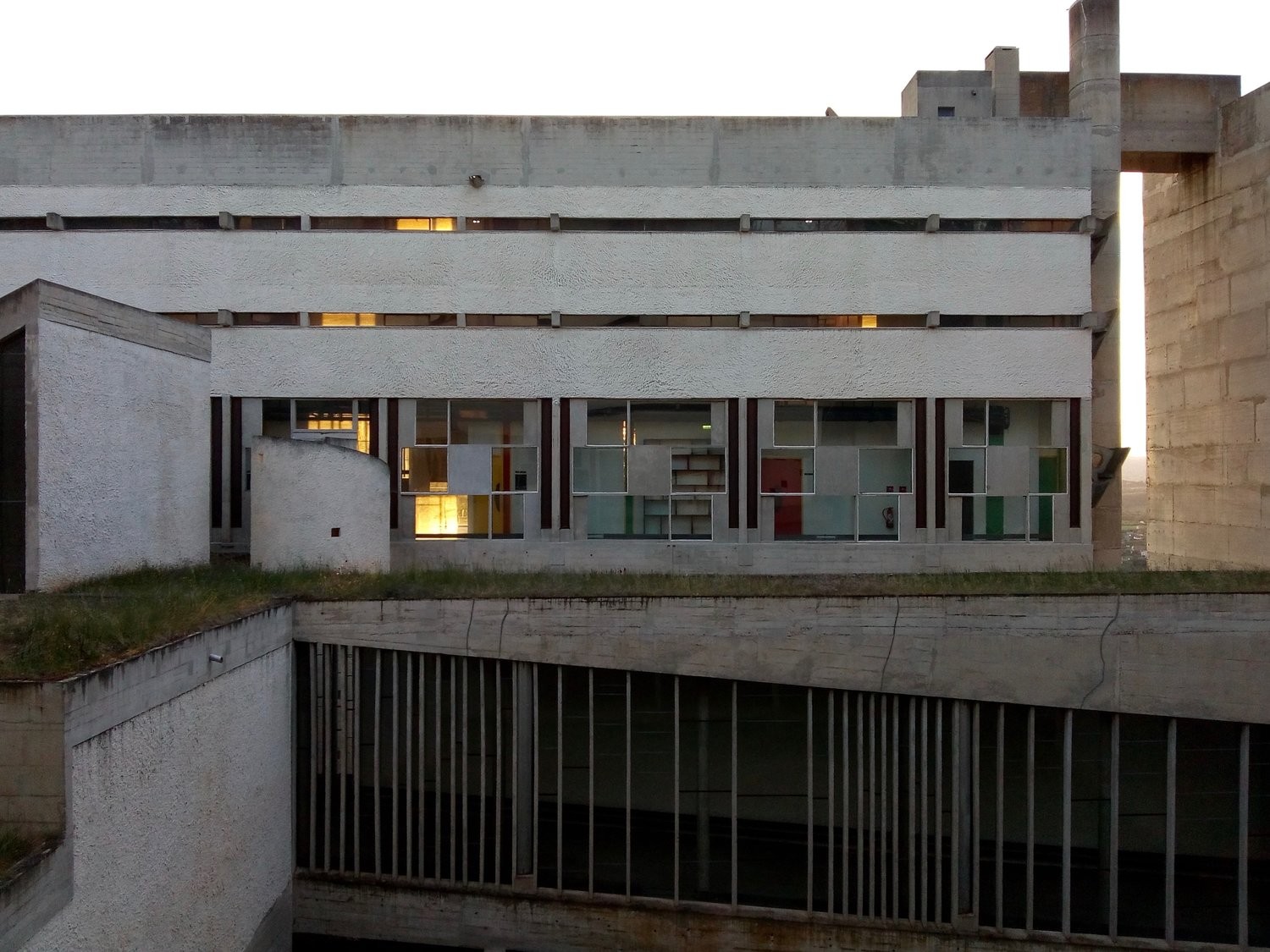




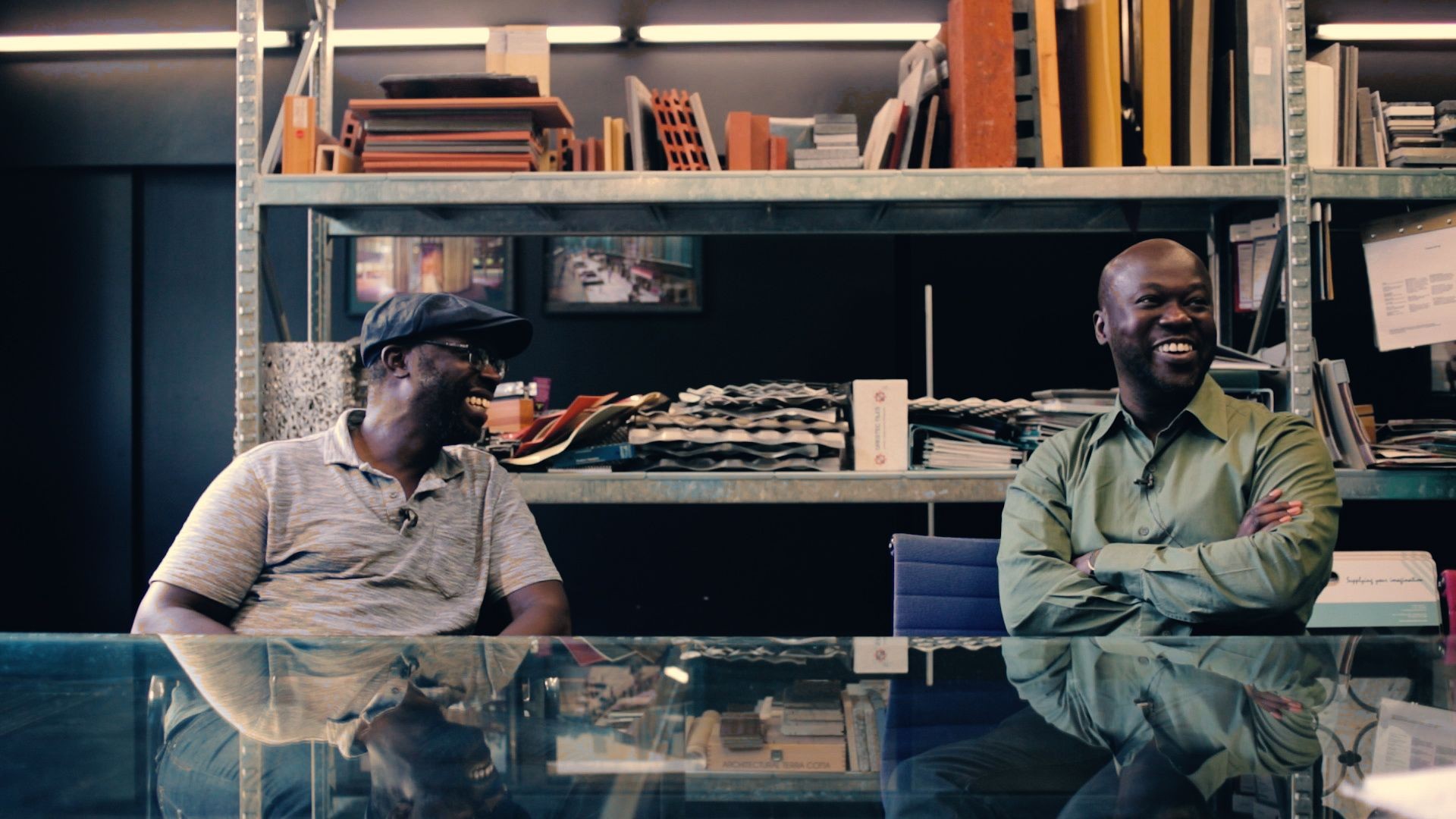
.jpg)
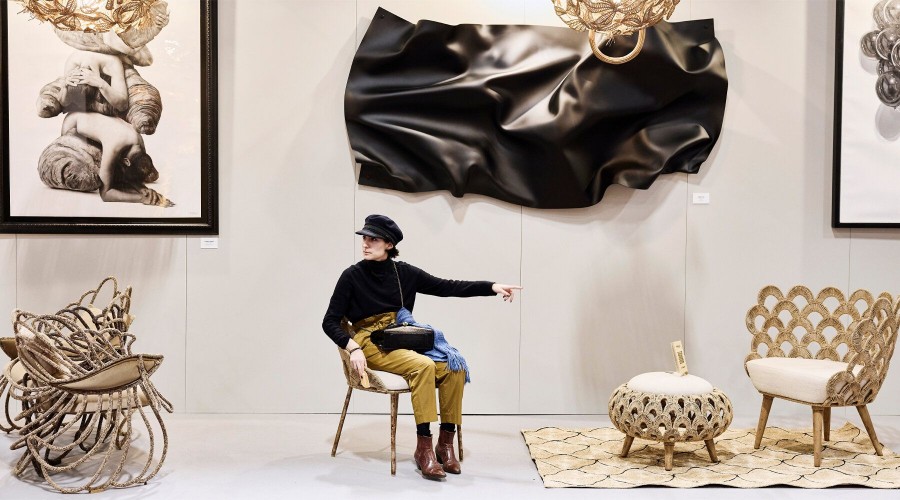
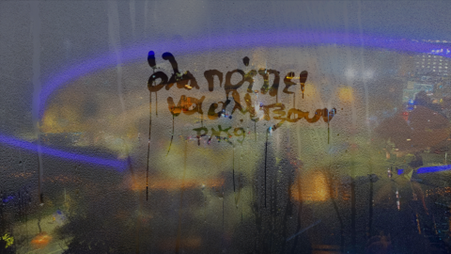
.jpeg)